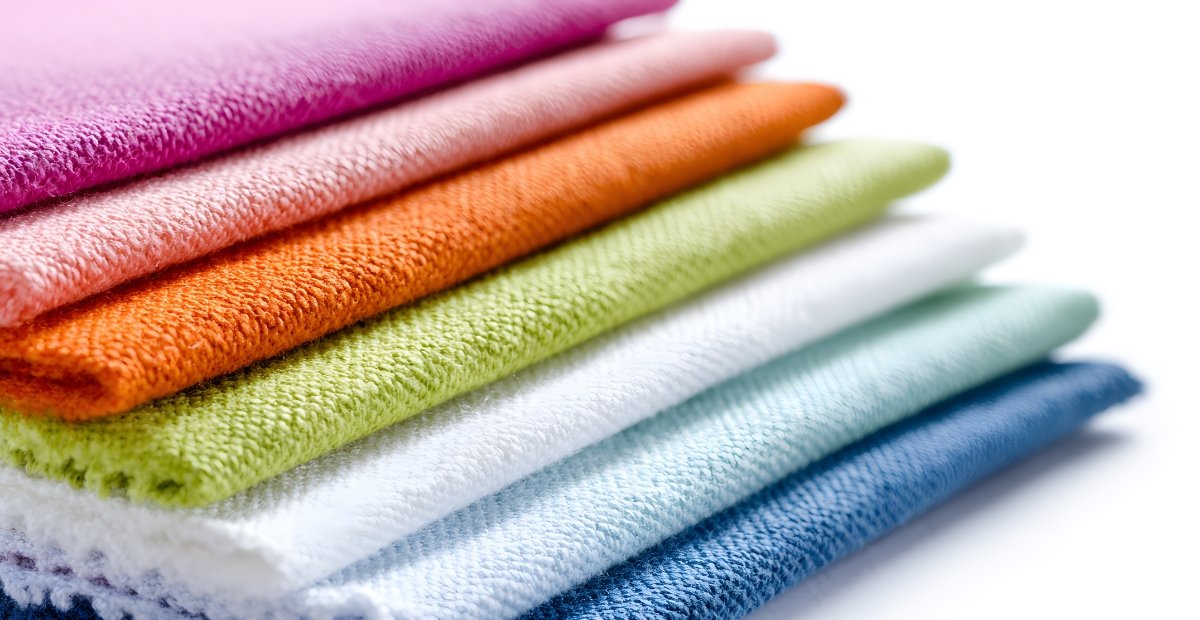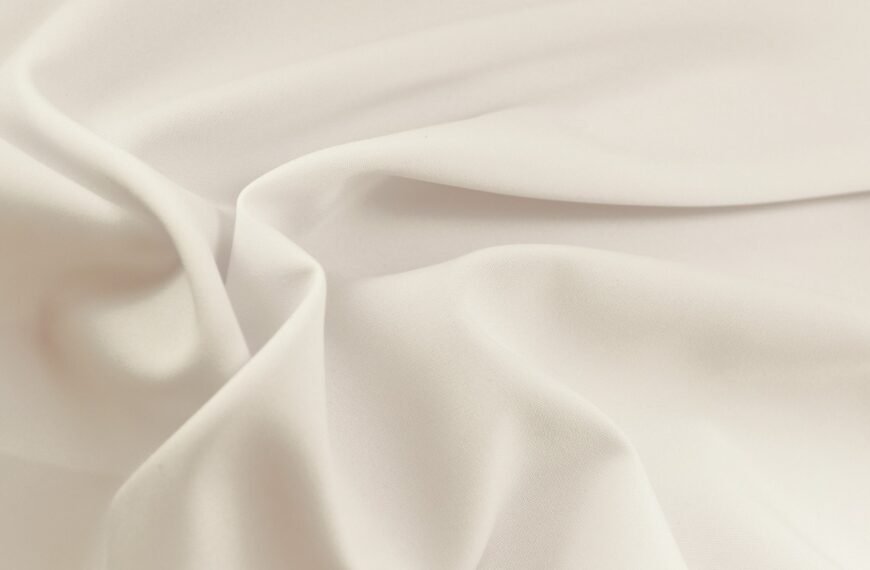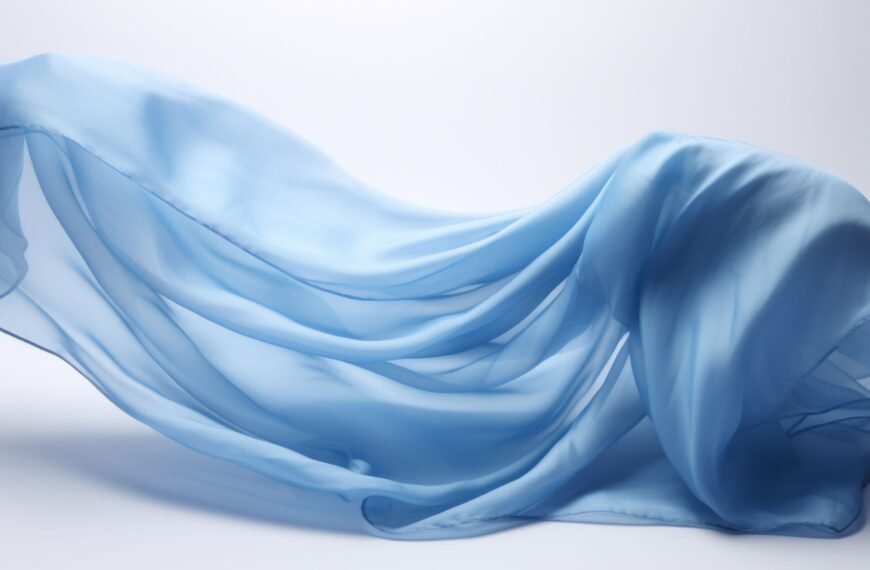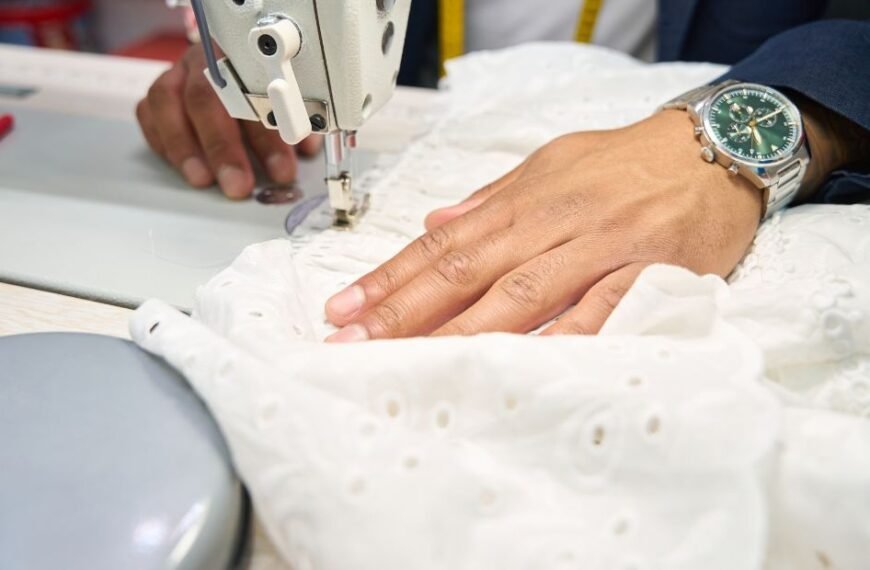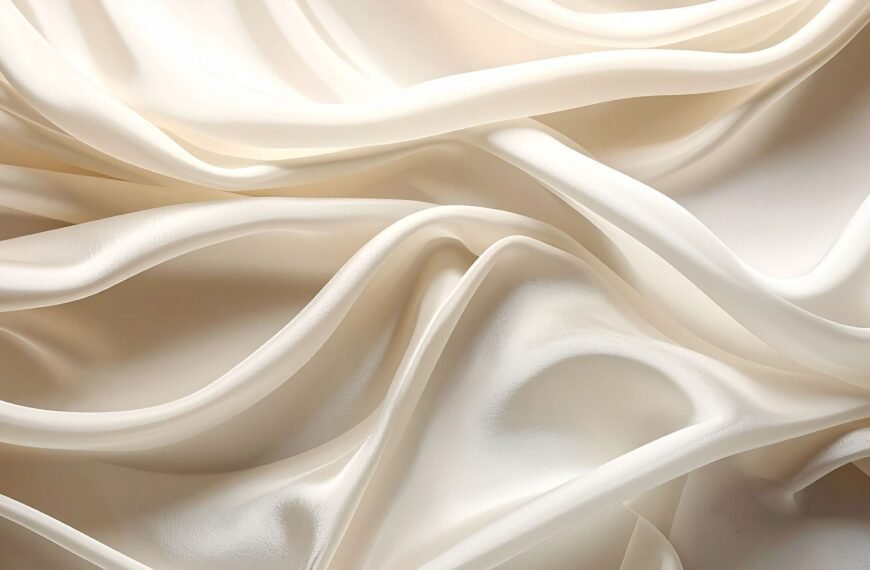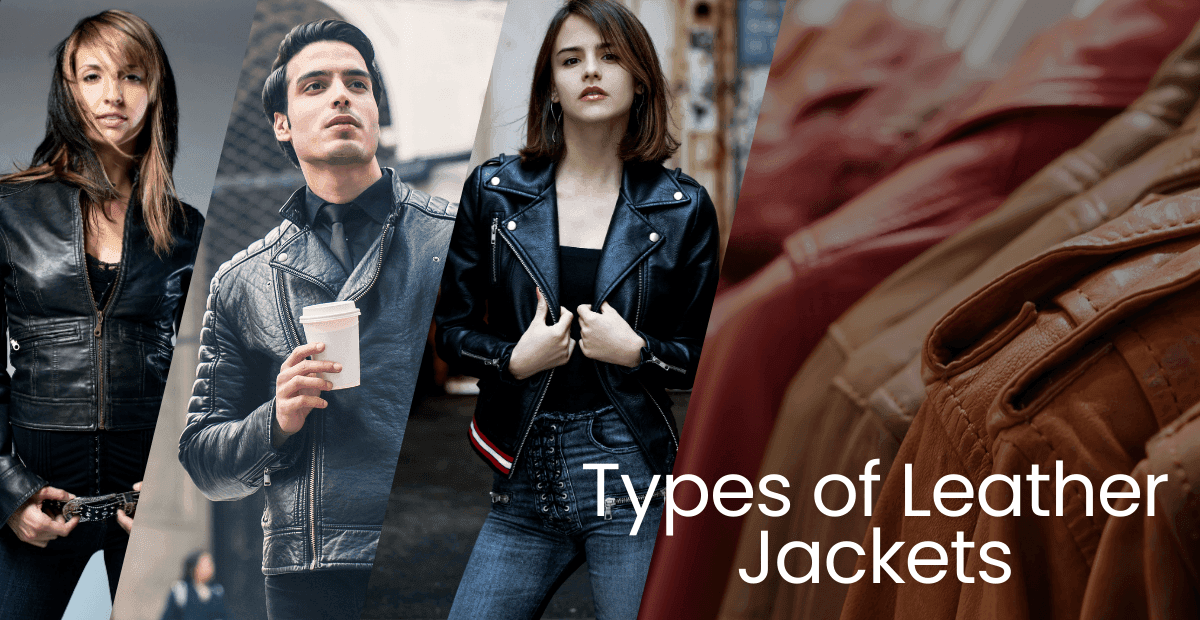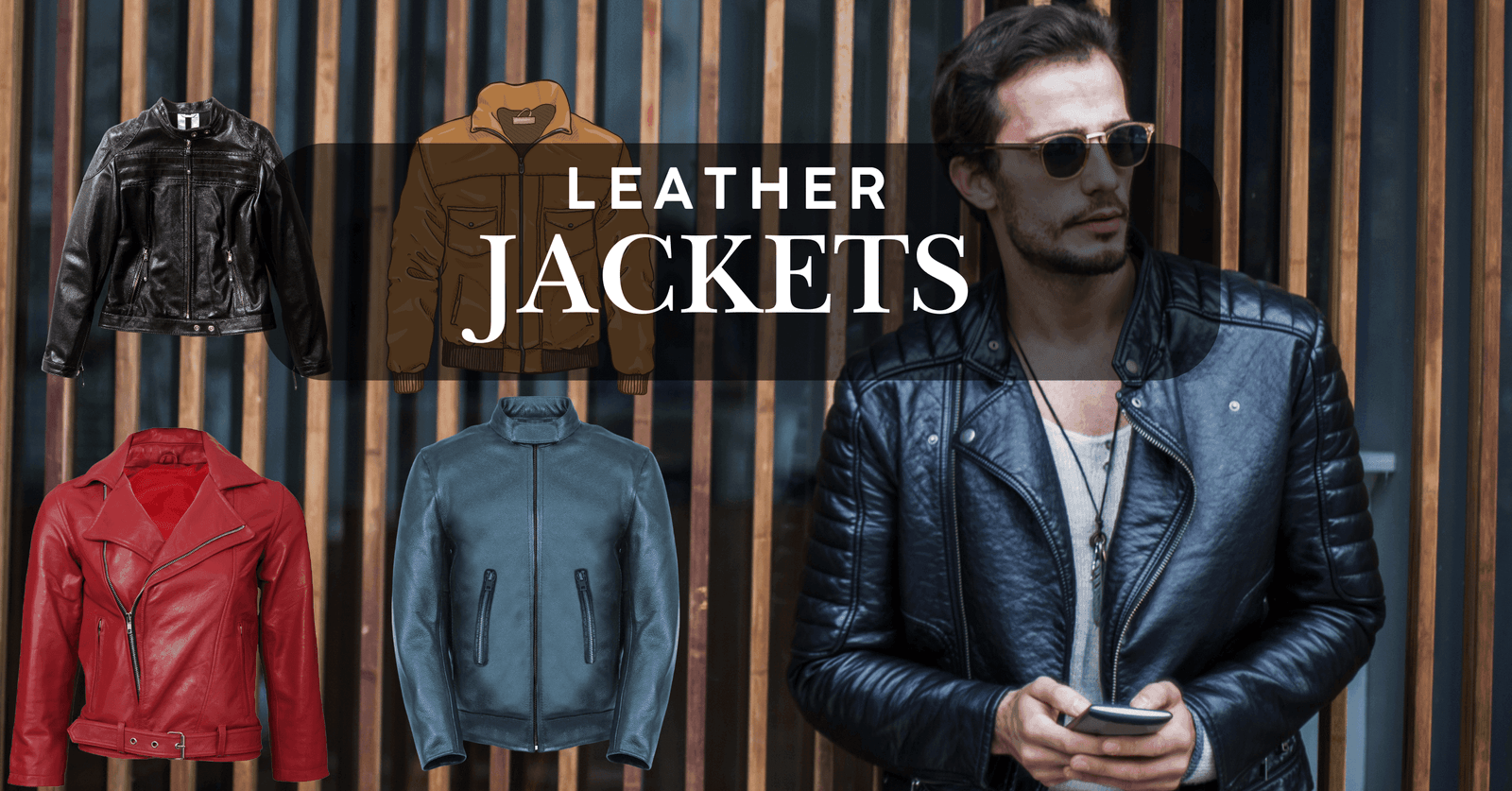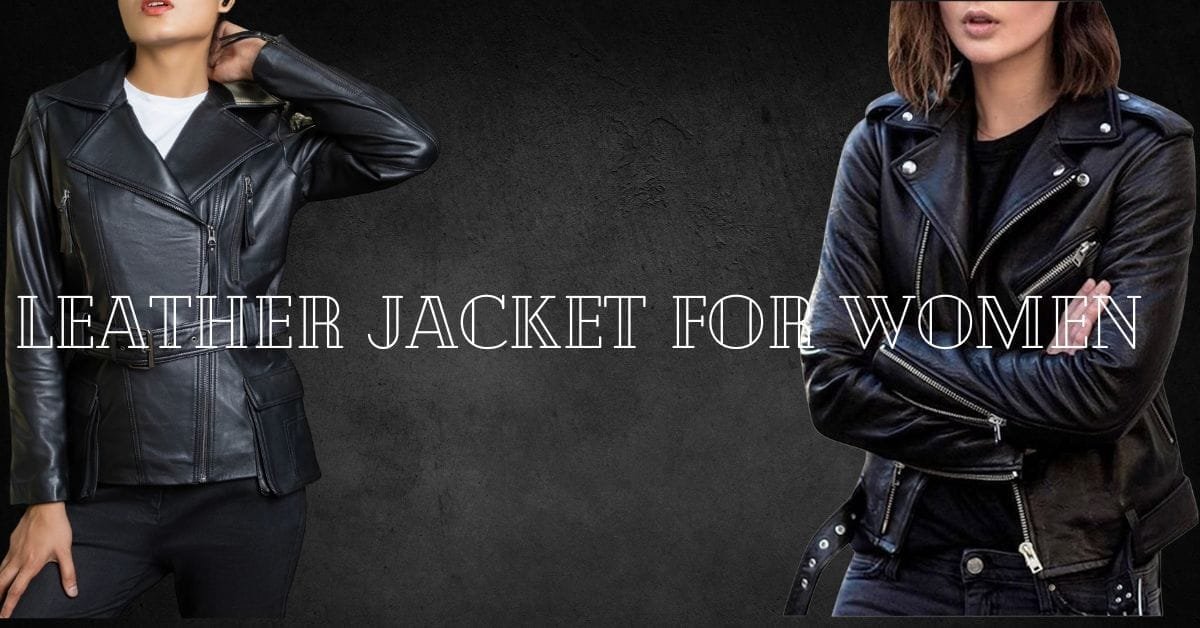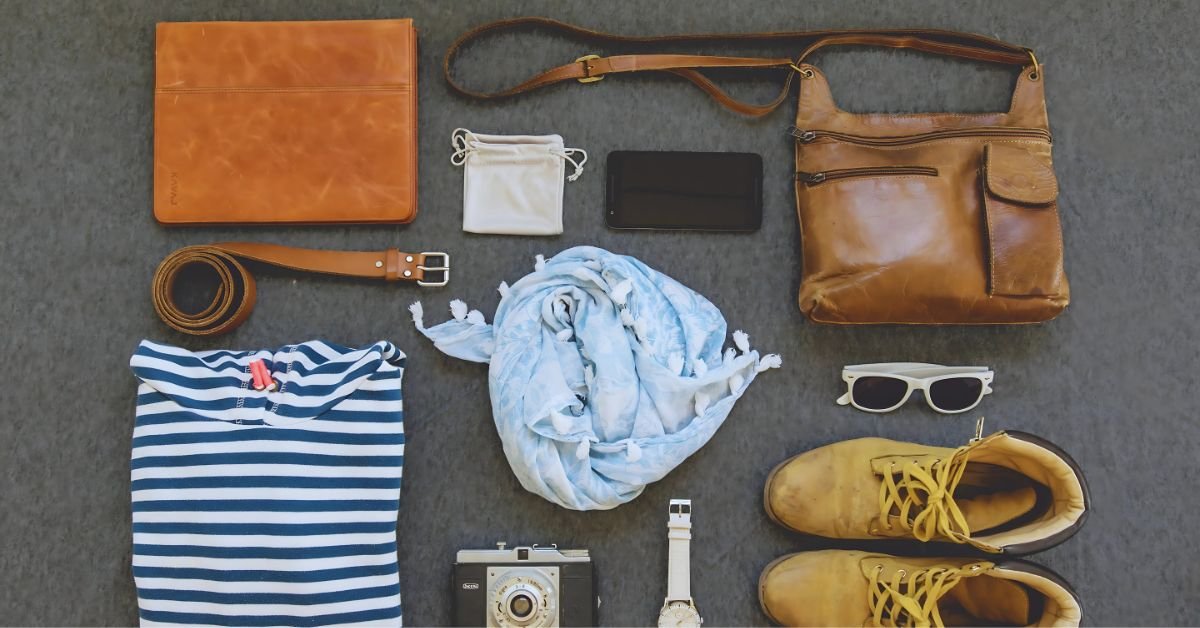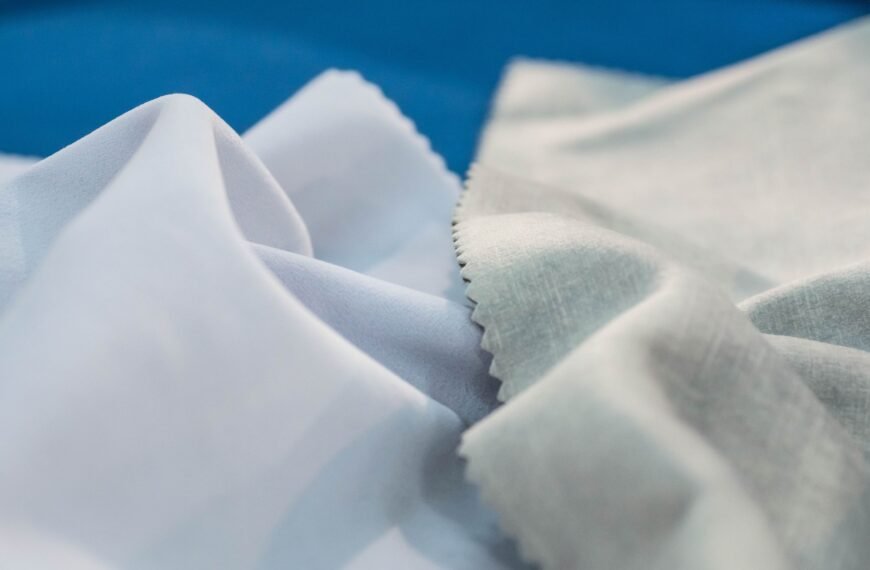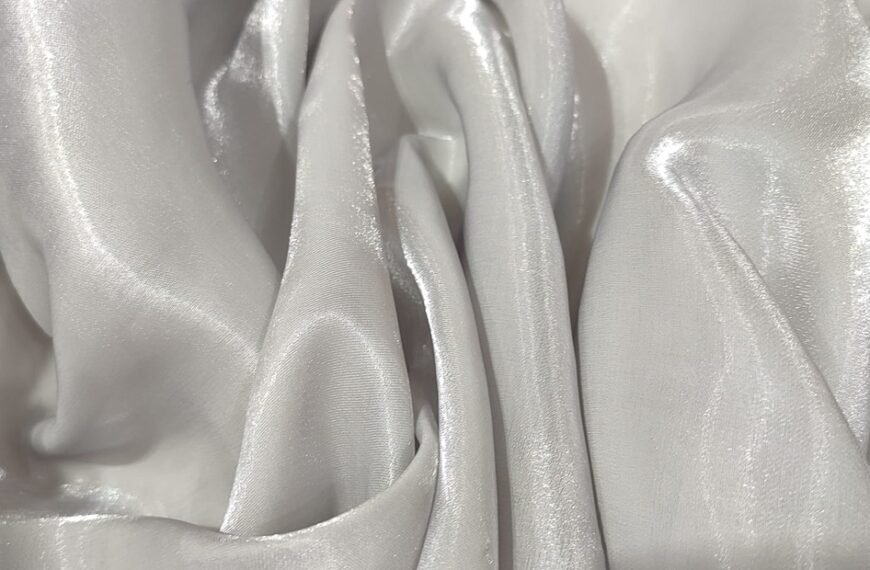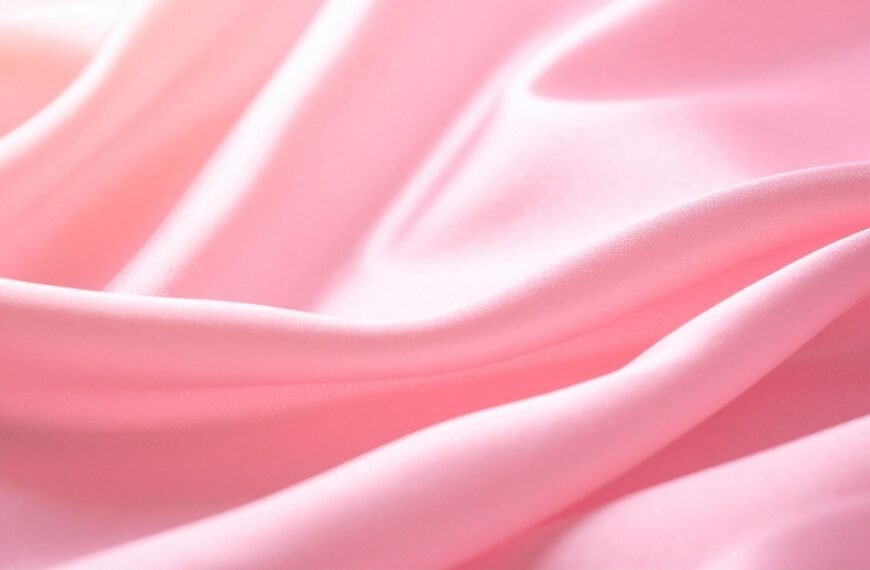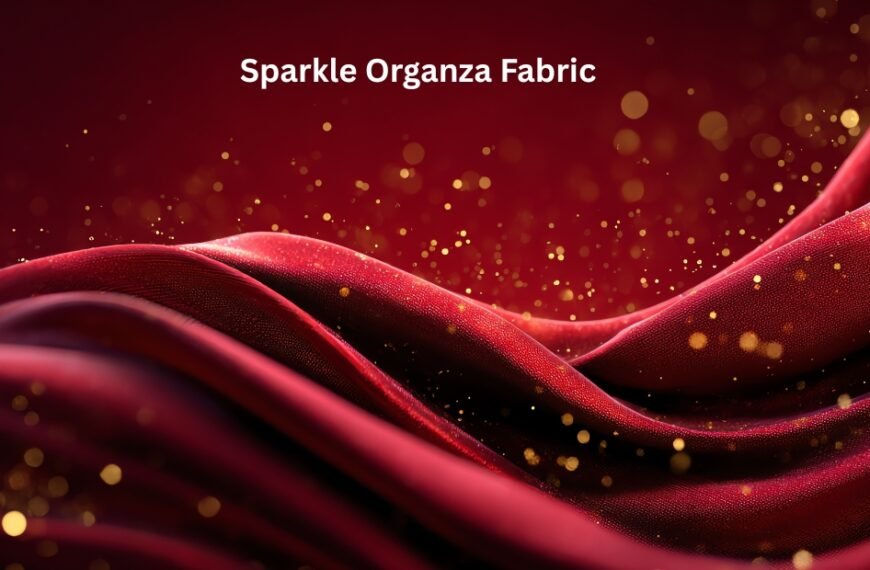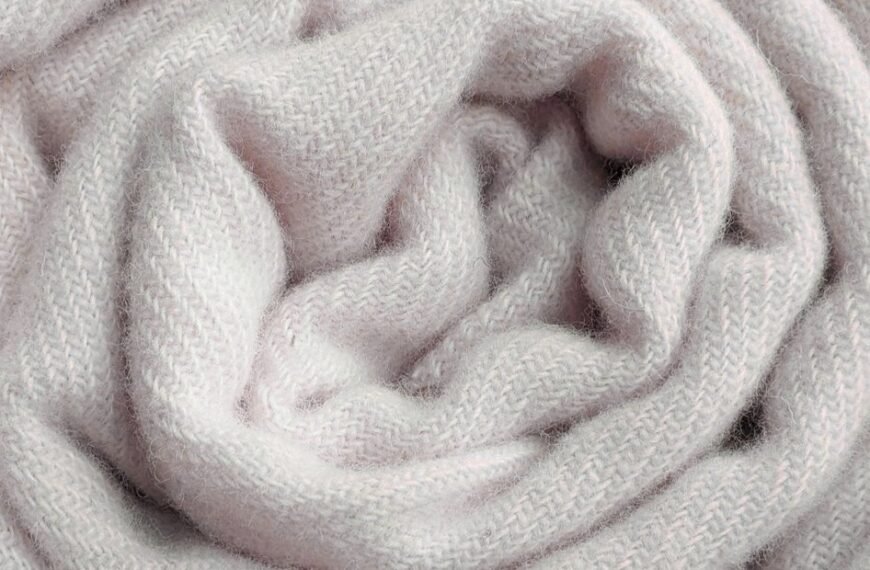Terry cloth fabric is one of the most popular and practical textiles in the world. Its softness, absorbency and durability, this fabric has become a point of the household. Towels, bathrobes, baby clothing, and sportswear are just a few examples of clothing items where terry cloth is used for comfort and functionality.
Many do use terry cloth garments, yet few are aware of the history, structure, and applications of terry cloth garments. Therefore, this article attempts to provide and cover all the necessary and vital aspects regarding terry cloth fabric; history, types, uses, care, and properties, in which during reading, one understands why terry cloth is one of the most reliable fabric used in daily life and the fabric is trusted in other industries that are specialized.
- What is Terry Cloth Fabric?
- History of Terry Cloth Fabric
- Properties of Terry Cloth Fabric
- Types of Terry Cloth Fabric
- Uses of Terry Cloth Fabric
- Advantages of Terry Cloth Fabric
- Disadvantages of Terry Cloth Fabric
- Care and Maintenance of Terry Cloth Fabric
- Why Choose Terry Cloth Fabric?
- Terry Cloth Fabric and Sustainability
- Conclusion
- FAQs
What is Terry Cloth Fabric?
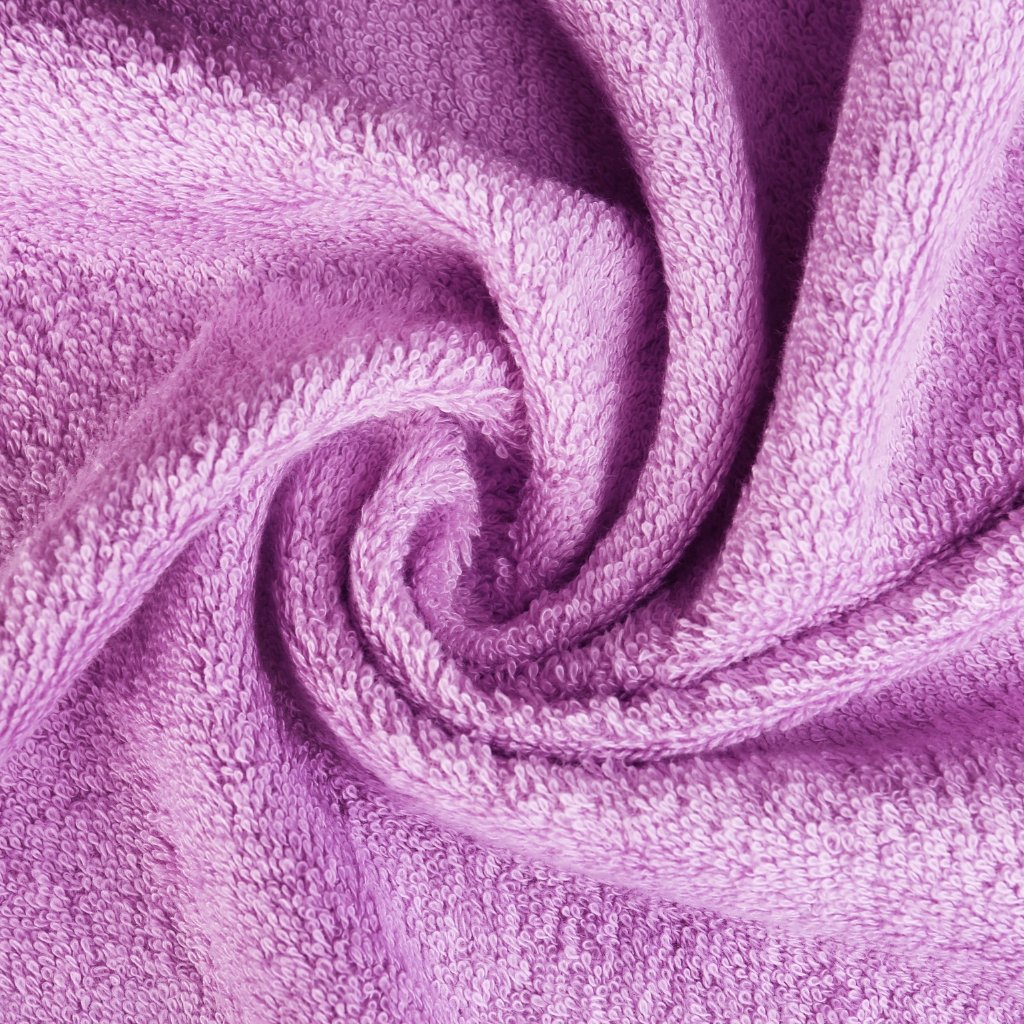
Terry cloth fabric is a woven or knitted textile where the loops of fabric stand up on the surface. These loops are what provide terry cloth the outstanding quality of absorbance. Traditionally cotton is used to make this fabric, but blended fabrics like polyester can be used to provide it more durability. Read more….Scrim Cotton Fabric
The loops on terry cloth fabric act like little sponges. They help the fabric absorb and retain more water. Because of this, terry cloth is perfect for making towels, bathrobes, and other similar products.
Terry cloth fabric is so versatile that it is used across the fashion, hospitality, medical, and sports industries. The combination of comfort and usability keeps it in demand regardless of the generation.
History of Terry Cloth Fabric
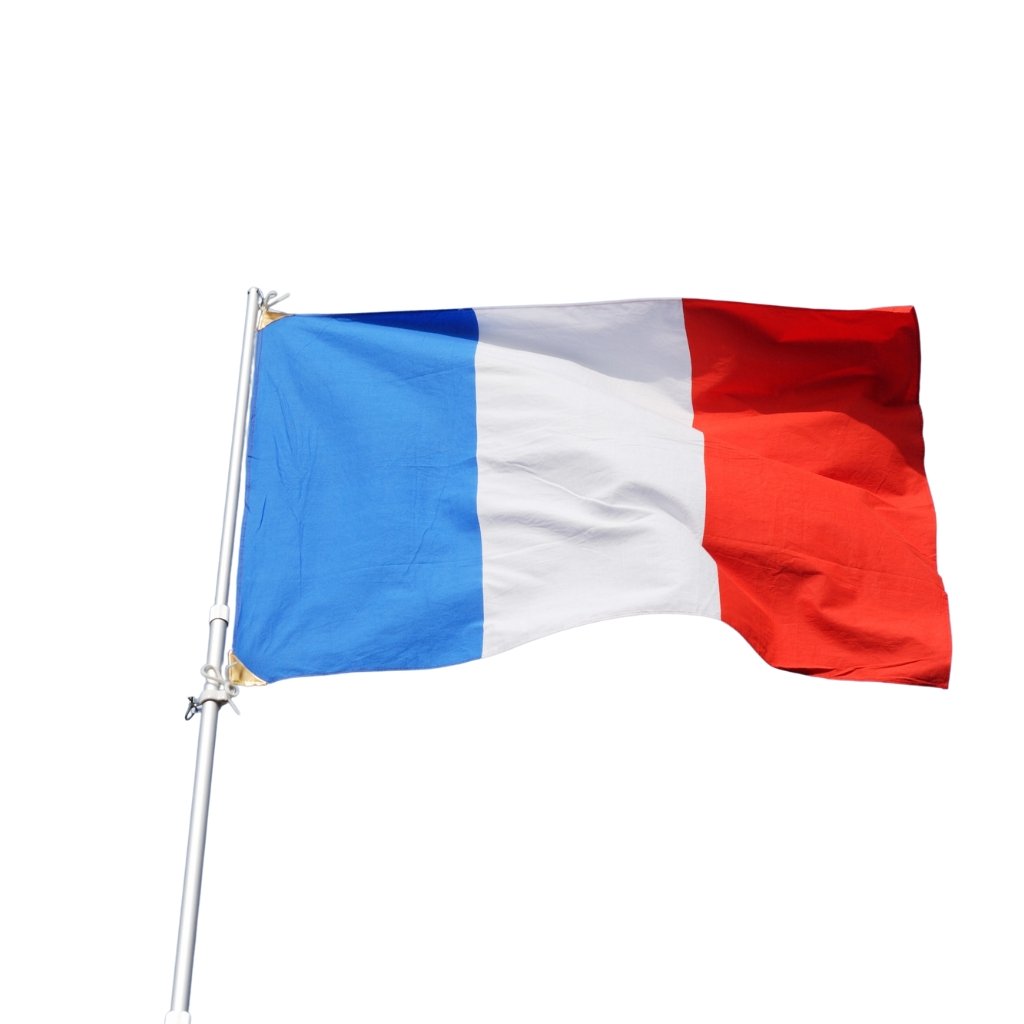
Terry cloth fabric originated in the 19th century. The term “terry” is thought to be derived from the French word tirer, meaning “to pull,” describing the technique of making the loops in the fabric.
Terry cloth was initially handwoven, so it was very expensive and used by the rich. People used terry towels and bathrobes to show off their wealth. Later, with the invention of mechanized looms in the 1800s, terry cloth became cheaper and more widely used.
Terry cloth has not lost its value and is still used in every household, hotels, spas, and gyms across the globe. Its absorbent and soft texture is still highly sought after. Read more…..Voile Cotton Fabric
Properties of Terry Cloth Fabric
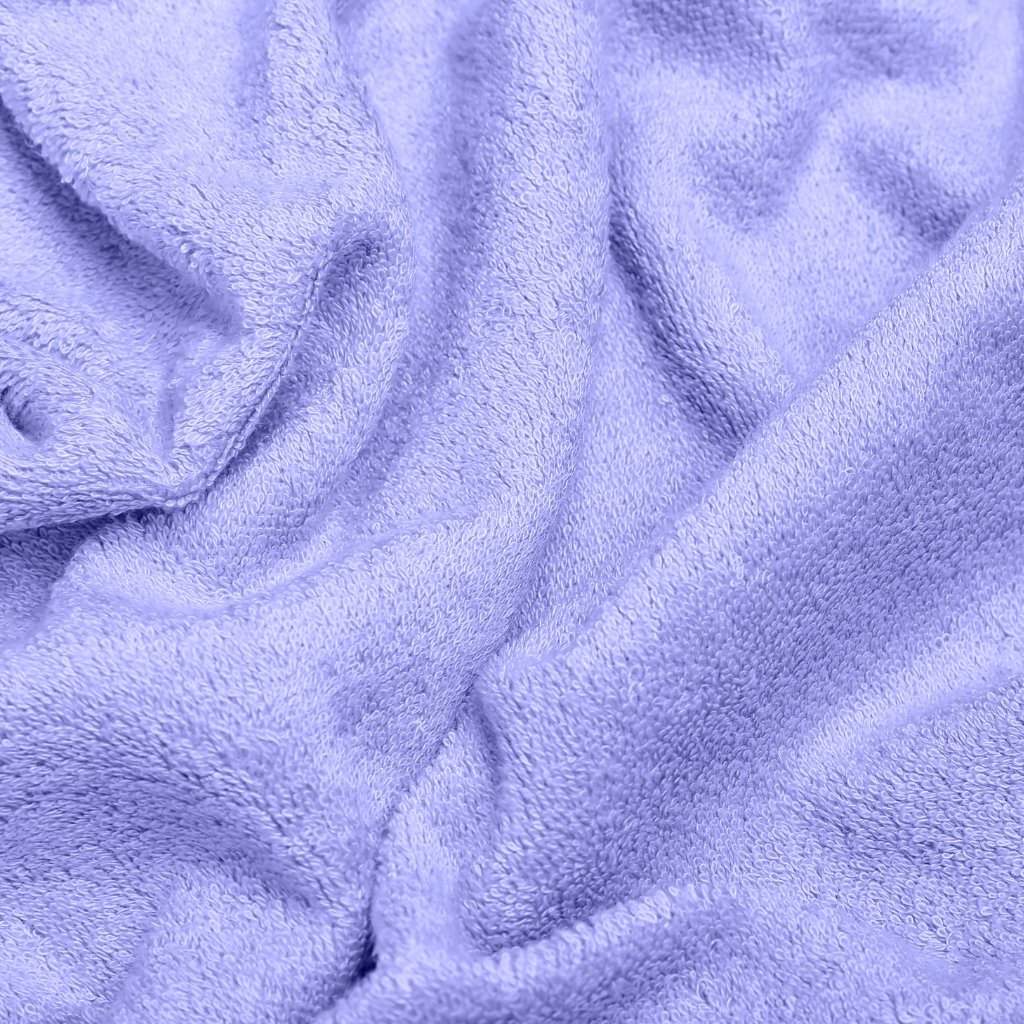
Terry cloth fabric stands out because of its unique properties. Below are its key characteristics:
High Absorbency – The loops absorb water quickly, making it perfect for towels.
Softness – Cotton terry provides a gentle, skin-friendly touch.
Durability – Strong weave structure ensures long-lasting performance.
Breathability – Cotton fibers allow air circulation, preventing overheating.
Warmth – Loops trap air, offering warmth in robes and loungewear.
Versatility – Suitable for clothing, sportswear, and industrial uses.
Eco-Friendliness – 100% cotton terry cloth is biodegradable and sustainable.
These properties highlight why terry cloth fabric has been a trusted choice for centuries.
Types of Terry Cloth Fabric
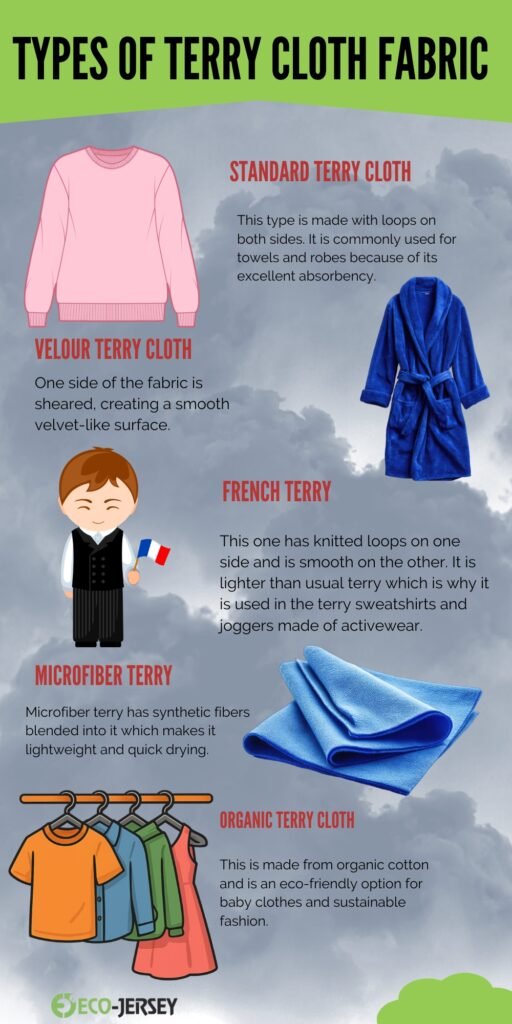
Terry cloth fabric comes in different forms, depending on weaving techniques and end uses. Let’s look at the main types:
- Standard Terry Cloth
This type is made with loops on both sides. It is commonly used for towels and robes because of its excellent absorbency.
- Velour Terry Cloth
One side of the fabric is sheared, creating a smooth velvet-like surface. The other side retains the loops. It is popular in clothing and luxury robes.
- French Terry
This one has knitted loops on one side and is smooth on the other. It is lighter than usual terry which is why it is used in the terry sweatshirts and joggers made of activewear.
- Microfiber Terry
Microfiber terry has synthetic fibers blended into it which makes it lightweight and quick drying. This is best for sports towels and travel towels.
- Organic Terry Cloth
This is made from organic cotton and is an eco-friendly option for baby clothes and sustainable fashion.
Overall, each one serves its own purpose so terry cloth fabric can stay multipurpose.
Uses of Terry Cloth Fabric
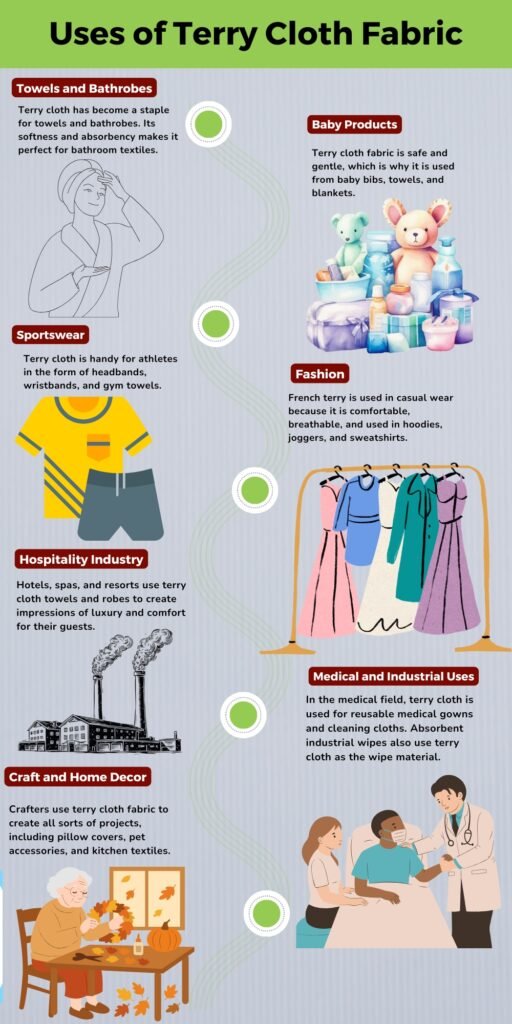
The many uses of terry cloth fabric illustrates its usefulness. Here’s the main uses:
- Towels and Bathrobes
Terry cloth has become a staple for towels and bathrobes. Its softness and absorbency makes it perfect for bathroom textiles.
- Baby Products
Terry cloth fabric is safe and gentle, which is why it is used from baby bibs, towels, and blankets.
- Sportswear
Terry cloth is handy for athletes in the form of headbands, wristbands, and gym towels.
- Fashion
French terry is used in casual wear because it is comfortable, breathable, and used in hoodies, joggers, and sweatshirts.
- Hospitality Industry
Hotels, spas, and resorts use terry cloth towels and robes to create impressions of luxury and comfort for their guests.
- Medical and Industrial Uses
In the medical field, terry cloth is used for reusable medical gowns and cleaning cloths. Absorbent industrial wipes also use terry cloth as the wipe material.
- Craft and Home Decor
Crafters use terry cloth fabric to create all sorts of projects, including pillow covers, pet accessories, and kitchen textiles.
With all the different ways to use it, there is little doubt that terry cloth fabric is in high demand.
Advantages of Terry Cloth Fabric
There are many reasons why people choose to use terry cloth fabric. These include:
- Super absorbent and quick drying.
- Soft and comfortable for all day wearing.
- Strong and long lasting.
- Many and varied uses.
- Warm but also light.
- Can be eco-friendly and organic.
- Can be easily dyed and personalized.
These benefits explain why terry cloth is so popular in the home and commercial markets.
Disadvantages of Terry Cloth Fabric
Terry cloth isn’t without restrictions. These include:
- Becomes heavy when wet and takes longer to dry.
- Can shrink in hot water during washing.
- Can snag easily due to terry loops.
Takes more space for storage when compared to other, thinner fabrics.
These downsides exist to be sure, but the benefits of terry cloth fabric greatly exceed the downsides. This is why it is the most preferred textile all over the globe.
Care and Maintenance of Terry Cloth Fabric
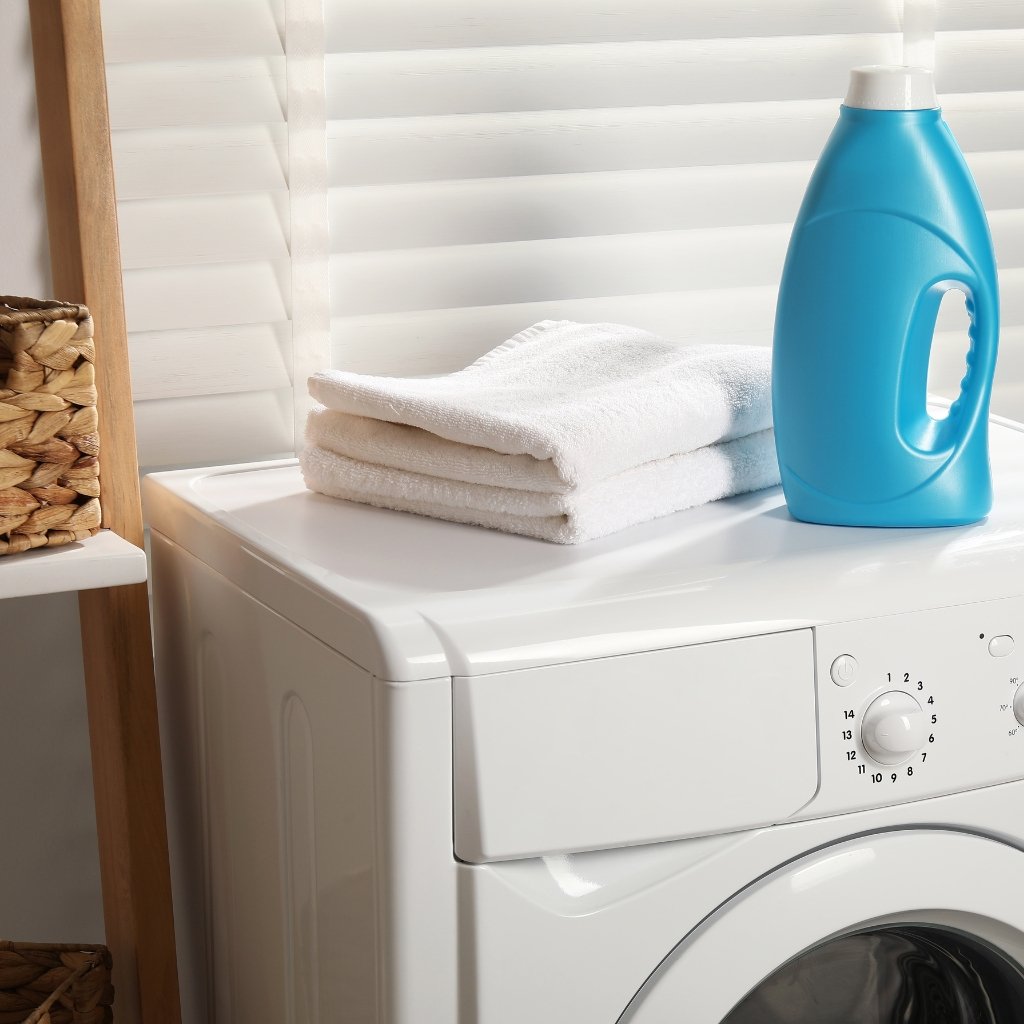
Taking the right steps in caring for terry cloth will keep it in good condition and and prolong its lifespan.
Wash in Cold or Warm Water – Using hot water can cause it to shrink.
Use Mild Detergents – Unless the fabric is white, bleach should be avoided.
Avoid using Fabric Softeners – They coat the loops and reduce absorbency.
Use Tumble Dry on Low Heat – Tumble driers will keep the fibers from damaging.
Shake it Before Drying – Will lose and fluff the loops.
Store in a Dry Place – Drying is important to keep mildew from forming.
With good care, terry cloth fabric will remain useful for many years.
Why Choose Terry Cloth Fabric?
The main reason for the continued use of terry cloth fabric is the comfort it provides while being functional. To the home, it comes as towels and robes. For the industry, it is used in hospitality, sports, and healthcare. See more…..Muslin Cotton Fabric
Terry cloth is softer and more absorbent and durable compared to its synthetic counterparts. Terry cloth can be organic making its use even more environmentally friendly.
If you need a fabric to provide you with functional luxury then terry cloth fabric is the perfect option.
Terry Cloth Fabric and Sustainability
Terry cloth fabric is becoming more sought after as consumers desire more sustainable materials. Organic cotton terry cloth is chemical free, is sensitive skin friendly, and is compostable. Compared to synthetic materials, organic cotton terry cloth is certainly more sustainable.
Manufacturers to value organic terry cloth more highly, especially for baby products, for sustainable high-end fashion, and for luxury bath robes. This allows consumers to partake in comfort products, and certainly in bath robes, without breaking eco-friendly bathing practices. See more…..Flannel Cotton Fabric
Conclusion
Terry cloth is certainly more than a household item. The softness, elegance, absorbance, and versatility has allowed it to remain a highly trusted and sought after material in textiles for many years. Not many materials have the wide array of high-value products encompassing baby towels, spa robes, gym accessories, fast sustainable fashion and now terry cloth in almost all sustainable products.
The need for organic terry cloth is clear, and as a personal item, cloth terry cloth can be trusted for comfort, practicality, and durability. As a commercial item, it can be trusted for organic tea terry cloth and soulic towels.
FAQs
What makes terry cloth fabric different from other fabrics?
Terry cloth fabric has loops that make it highly absorbent, unlike flat-woven fabrics.
Is terry cloth fabric always made from cotton?
No, while cotton is common, blends with polyester or microfiber are also used.
Can terry cloth fabric be used in fashion?
Yes, French terry is widely used in hoodies, joggers, and casual wear.
